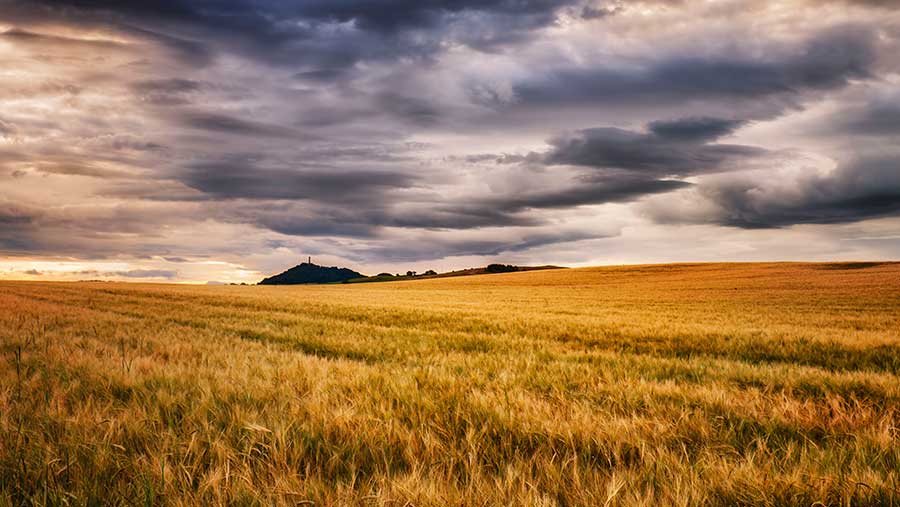Milk and cereal sectors drive up Scottish incomes
 © WestEnd61/ REX/Shutterstock
© WestEnd61/ REX/Shutterstock Higher prices in Scotland’s milk and cereal sectors pushed up farm incomes by an estimated £245m in 2017, according to figures released by the Scottish government.
The total income from farming (Tiff) estimates for Scotland cover a three-year period from 2015 to 2017 and include data on percentage changes in real terms.
The initial estimate for 2017 is a total of £917m, an increase of £245m on 2016, about 36% overall and 34% in real terms (income or costs values shown in today’s prices). However, the National Farmers’ Union of Scotland (NFUS) has warned the figures mask a more complex picture.
Outputs are estimated to have risen faster than costs, with large rises in milk and barley, both mainly due to improved prices.
See also: Business Clinic: Profits down, but income tax up
Big changes estimated for 2017 show milk up by £117m, barley up £67m, payments and subsidies up £39m, but a rise in labour costs of £34m.
The value of wheat fell in 2016, down to £105m, but rose to £128m in 2017, while oats rose 43% in 2016 to £23m before dropping off slightly to £22m in 2017.
The total output of livestock, including finished stock, store sales and coupled support, was an estimated £1.09bn in 2016 or 39% of total output.
The 2016 figure is up £31m, 3% overall and 1% in real terms. For 2017, livestock output rose by £60m – 5% overall or 4% in real terms – to £1.15bn or 36% of total output.
Poultry is estimated to have decreased by £4m in 2017, but the value of eggs increased by £6m. The value of egg production in 2017 outstripped income from poultrymeat.
Meanwhile, a good potato harvest resulted in a 4% increase in the value of the crop, and the vegetable sector income rose to an estimated £155m.
Fruit dropped back slightly in the past two years, and now stands at £134m.
Sectors still rely on subsidies
The data also shows the profitability of the agricultural sector is heavily, though not entirely, dependent upon support payments, with subsidies accounting for 60% of Tiff.
Total grants and subsidy payments, including coupled support, increased by £24m to £511m in 2016, and increased £42m to £554m in 2017.
Total input costs for Scottish farms fell from £2.67bn in 2015 to £2.62bn in 2016, but then rose to an estimated £2.80bn in 2017. The report explains that changes in costs were due to movements in both volume and in prices.
Jonnie Hall, NFUS director of policy, said: “When looking at these figures, it must be kept in mind that Tiff looks at Scottish agriculture plc and masks the huge variation in individual farm business’ incomes by size and type, let alone sectoral variation.
“We mustn’t lose sight of the fact that many ‘gains’ are as a result of exchange rates or better yields, rather than improved output prices. It is a very complex picture, with ebbs and flows, but nevertheless Scottish agriculture as a whole is in profit and is slightly less reliant on support.”
